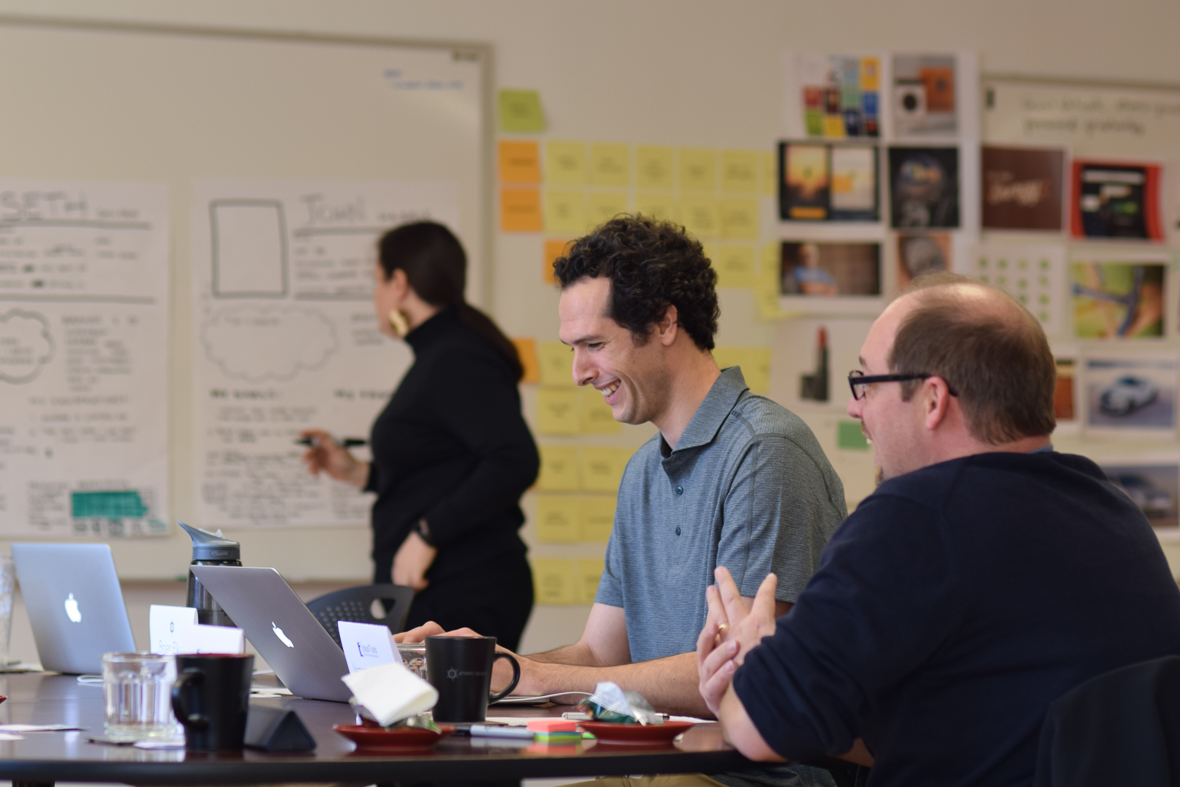Doing consulting or contract work is both interesting and challenging, due to the wider variety of customers you may need to serve. But what’s the best way to kick off a gig with a new customer? Getting good at that part of a project takes some work. Here are some areas to focus on so that you can start new working relationships off on the right foot.
1. Keep it Real
First and foremost, you need to establish trust. If you jump into the hard details right away without recognizing the humanity involved in the relationship, you are taking a major risk of thwarting the gig.
Start with a warm greeting and and a friendly attitude, and maybe express your gratitude for taking time to meet with you. Most of all though, be genuine.
2. Get Some Background
In my experience as a consultant, I have discovered that clients come to us with very specific problems. While jumping directly into brainstorming solutions for these problems may feel like the right approach, it could very well take you down the wrong path, or at least one that may not be the most fruitful.
Instead, I recommend taking time to get the big picture so you can understand the scope or the real problem at hand. Though the customer may very well have identified a worthy solution, understanding the problem and the environment it has risen from can help you make the proper calls when challenges arise, and the path forward isn’t obvious.
3. Understand their Limitations
As a consultant, you were brought into the situation because your customer is lacking something. It may be expertise, time, resources, or even patience. They may have gotten in over their head in one area or another, and now they need help getting back on track. It’s important that you understand what challenges and limitations have brought your customer to this point before you start making decisions.
Bringing limitations into the light is not only helpful for you, as a consultant, but it also builds trust and camaraderie with your customer. Not to mention, getting these challenges out into the open can be therapeutic for the customer. It helps set the tone for productive discussions, brainstorming, and formulating a plan of attack.
Blazing a Path Forward
Now that you have established kinship, trust, and some background knowledge, you should be ready to make some real headway toward formulating a strategy. At this point, be careful not to oversell your expertise or specific solutions you have in mind. Though you may be tempted to paint a picture of confidence and claim that you know how to make your customer’s problems go away, it is never that easy.
Instead, start by restating the problem(s) at hand. This may lead to further clarification, and it will also ensure you understand the playing field and bring the real challenges to the forefront. It’s a good time to identify goals, but not necessarily solutions! There are usually a large number of possible solutions, and many of them may be viable, but stepping back helps us take off our blinders before we get too deep. It may even help identify higher-level goals than the client originally presented.
Don’t be afraid to generalize or hypothesize at this point, and of course, get the customer involved in brainstorming. At this stage, the more points of view, the better. You and your customer should feel open and energized, which is excellent fuel for ideas and raises the likelihood of success.

